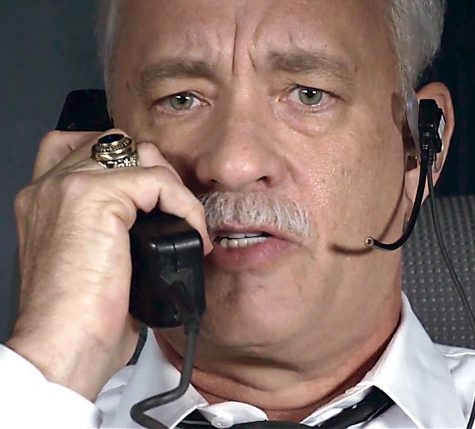Sully: A Movie that Soars

Six years ago, US Airways Flight 1549 took off from LaGuardia Airport in New York City with a total of 155 passengers and crew. Scarcely three minutes later, it flew head-on into a flock of Canadian geese. Within seconds both engines were in flames. At that moment, Captain Chesley “Sully” Sullenberger was faced with dual engine failure at the lowest altitude in history.
What Sullenberger did in the next 208 seconds made him a national hero. He turned the crippled airliner around and executed an emergency water landing on the Hudson River. Against all odds, everyone—all 155 passengers and crew on board—survived in what became known as the “Miracle on the Hudson.”
Those incredible events of January 15, 2009 inspired the new motion picture Sully, produced by Clint Eastwood and released on September 9 of this year. Tom Hanks does his usual phenomenal job starring as Captain Sully, the hero, with Aaron Eckhart as wisecrack copilot Jeffrey Skiles. The film lasts just over an hour and a half and draws in part on Captain Sully’s real-life memoir Highest Duty. Buckle your seat belts and brace for impact, because this movie will make a splash. Sully does an admirable job of telling the story as it revolves around the captain himself. Sully Sullenberger is portrayed as a home-grown American hero (which he certainly is) who brought New York, the city still haunted by 9/11, some good news about airplanes. The movie also paints a heartwarming picture of regular people—flight attendants, New York ferrymen, and emergency response—doing their duty in an hour of need. As a tribute to the everyday hero, Sully is hard to beat.
Director Clint Eastwood took a risk in the making of this movie; since most viewers already know how it turned out, there just is not the full capability of drama that other movies can achieve through suspense. Eastwood solves this problem by introducing a subplot that centers on the federal investigation of the incident. It is this storyline that assumes the spotlight during the second half of the movie, complete with a courtroom climax where Sully is essentially put on trial.
And this, some critics feel, is where Sully goes wrong. In an attempt at dramatization, Eastwood has to invent an antagonist—and who better to play this part than the government? The investigators from the National Transportation Safety Board (NTSB) are cast as villains whose sole objective is to sully Sully’s reputation. Consequently, it is the NTSB’s reputation and not Captain Sullenberger’s that has been sullied by this movie. As reviewer Stephen Cass writes, Sully “will create a headwind in the minds of the public that the NTSB will be struggling against for years to come.”
Of course, you have to cut Clint Eastwood some slack. Without a plot or drama, Sully would have run the risk of becoming a documentary, which could never have done justice to such a remarkable story. But was it really necessary to portray public servants as hostile, implacable, and generally despicable legalists who prey upon the most honorable and praiseworthy among us? I think not.
But I also think that Eastwood can be forgiven this one sin in light of his many triumphs. Did I mention that the movie was heartwarming? In a world full of so much bad news, it truly was encouraging to experience one of the most beautiful events of our century so personally. And Captain Sullenberger, the hero who received a full-length movie in return for his gift to humanity? He deserved every minute of it.





